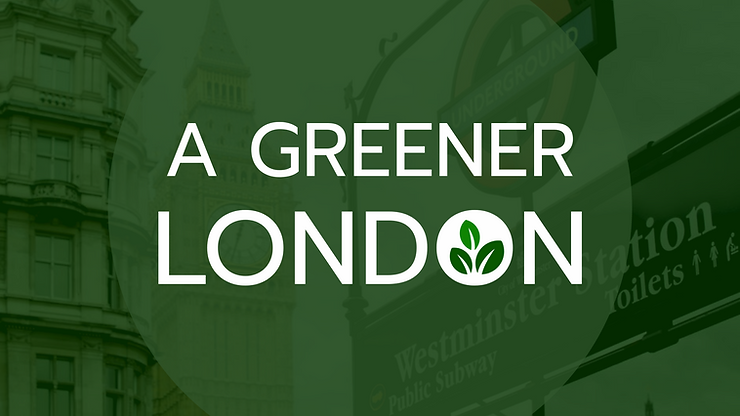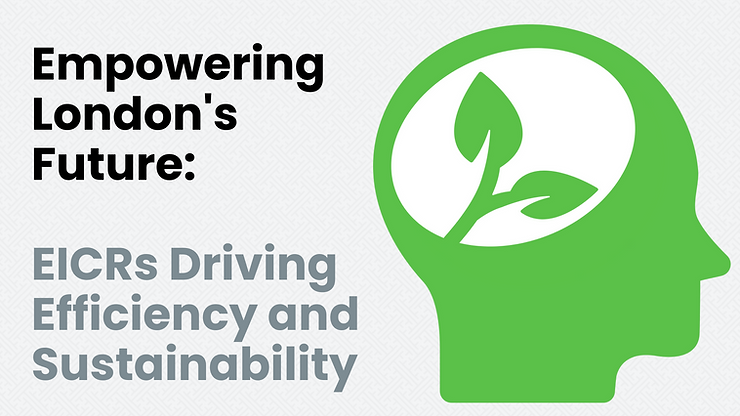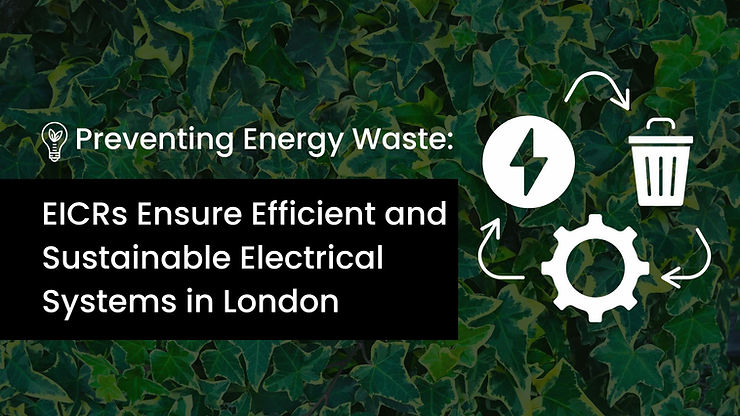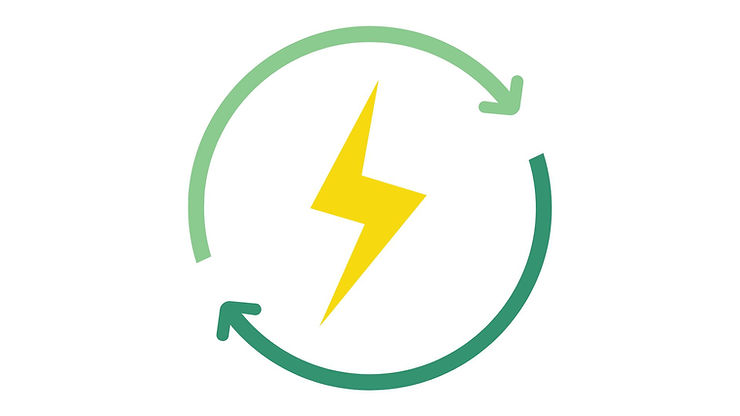In the vibrant city of London, sustainability is more than just a trend; it is essential for the future. As we advance with eco-friendly initiatives, one crucial element that often goes unnoticed is the importance of regular electrical inspections, known as Electrical Installation Condition Reports (EICR). These inspections are vital for safety, support energy efficiency, and contribute to London’s sustainability ambitions.

Table of Contents
Electrical Installation Condition Reports: The Impact of EICR on Energy Efficiency
Energy efficiency in residential and commercial buildings across London is not merely a way to save costs; it is a key strategy for reducing carbon emissions and achieving the city’s sustainability targets. A well-maintained and efficiently functioning electrical system is central to this strategy, and EICRs play a significant role.
When an EICR is performed, qualified electricians thoroughly assess all aspects of a property’s electrical installation. This evaluation includes checking the wiring condition, circuit breaker functionality, and appliance efficiency. One of the primary aims is to identify any inefficiencies within the system.
Many properties in London, particularly those with historical significance, have outdated electrical systems. These older installations often use obsolete technology that does not meet modern energy efficiency standards, resulting in higher energy consumption and costs. For example, old heating systems, inefficient water heaters, and outdated lighting can all lead to excessive energy use.
An EICR identifies these issues and provides a roadmap for improvements. Electricians can recommend upgrades that can drastically reduce a building’s energy consumption. One such recommendation is to transition to energy-efficient appliances; modern appliances are designed to perform better while using less energy and adhere to strict efficiency standards. Replacing older refrigerators, dishwashers, or washing machines with energy-rated models can lead to significant energy savings over time.
Lighting is another area ripe for enhancement. Traditional incandescent bulbs are known for their high energy consumption and heat output. During an EICR, electricians frequently recommend switching to LED lighting, which uses significantly less energy and has a longer lifespan than conventional bulbs. This transition lowers electricity usage and reduces heat production, potentially decreasing cooling costs during warmer months.
Moreover, electricians may propose implementing smart technology solutions like programmable thermostats and motion sensors for lighting. These technologies allow precise control over electrical systems within a property, ensuring energy is used only when necessary. These smart solutions are crucial in enhancing overall efficiency by automating certain functions and improving energy management.
An EICR is an invaluable tool for any property owner in London looking to improve energy efficiency and contribute to a more sustainable city. An EICR can reduce energy consumption, lower utility bills, and lessen environmental impact by identifying inefficiencies and recommending targeted upgrades. It is a necessary step towards modernising London’s buildings and helping the city achieve its eco-friendly aspirations.
Electrical Installation Condition Reports: Preventing Energy Waste
Preventing energy waste is paramount in the quest for a greener London. EICRs serve as a first defence against energy waste by ensuring electrical systems operate safely and efficiently.
One common issue detected during EICRs is circuit overload. Overloads happen when too many devices draw power from a circuit that cannot handle the demand. This increases the risk of tripping breakers or fuses but can also cause appliances to function less efficiently. For instance, an air conditioner on an overloaded circuit may need to run longer to cool a space, consuming more electricity. By identifying these overloads, an EICR enables electricians to redistribute electrical loads or upgrade circuits, optimising power usage and preventing unnecessary energy consumption.
Faulty wiring is another significant cause of energy waste that EICRs can uncover. Damaged wiring can lead to voltage drops and increased resistance within the electrical system. This inefficiency forces appliances and lighting to consume more power to operate correctly, often unnoticed until it results in inflated energy bills. Additionally, faulty wiring can cause heat loss, especially when it involves heating systems within the property. This scenario can increase energy use and costs as more power is required to maintain comfortable temperatures.
Faulty wiring can pose serious safety risks, including potential electrical fires, beyond directly impacting energy consumption. Conducting an EICR minimises these risks by allowing certified electricians to identify and address wiring issues before they escalate into more severe problems.
We help create an electrical infrastructure that aligns with London’s sustainability goals by addressing circuit overloads and faulty wiring during Electrical Installation Condition Reports. A well-maintained system operates more efficiently, reducing strain on the city’s power grid and overall energy demand. This proactive approach helps decrease the carbon footprint associated with excessive energy generation and supports the city’s vision for an environmentally friendly future.
In summary, electrical Installation Condition Reports play a crucial role in preventing energy waste by identifying and correcting common electrical issues. They ensure that electrical systems within London’s buildings do not contribute to unnecessary energy consumption, supporting the city’s journey toward sustainability.

Electrical Installation Condition Reports: Integrating Renewable Energy Systems
London’s commitment to reducing carbon emissions and embracing renewable energy sources is evident through its increased adoption of solar panels and wind turbines. To successfully integrate these renewable energy systems into existing buildings, it is essential to assess the compatibility of the electrical installations. This is where Electrical Installation Condition Reports facilitate a smoother transition to greener solutions.
During an EICR, electricians assess a property’s electrical infrastructure thoroughly, evaluating the condition and capacity of the existing electrical system. Regarding integrating renewable technologies, EICRs are vital in determining whether a property’s electrical system can handle these new demands or if upgrades are necessary.
One critical area that an EICR examines is the property’s electrical load capacity. Renewable energy systems like solar panels generate electricity that needs to be integrated into the existing grid. An inspection allows electricians to assess whether the current electrical system can accommodate this additional power generation. If not, recommendations can be made for upgrading the electrical infrastructure by increasing circuit breaker capacity or adding distribution panels.
Another essential consideration during EICRs is ensuring compatibility with renewable technologies. For example, solar panels require specific components such as inverters and charge controllers to convert solar energy into usable electricity. An inspection can determine whether the existing system supports these components or needs modifications. Electricians may identify areas where rewiring or adjusting circuits is necessary for seamless integration.
Safety is also critical when combining renewable energy systems with existing installations. EICRs evaluate the condition of wiring, grounding systems, and protective devices to ensure they meet safety standards for operation. This thorough assessment helps identify potential risks or hazards associated with integrating renewable technologies. Property owners can confidently proceed with their renewable energy plans by addressing these concerns while maintaining a safe electrical system.
Conducting Electrical Installation Condition Reports before implementing renewable energy systems helps avoid complications and ensures successful integration. It comprehensively evaluates existing infrastructure, identifies necessary upgrades or modifications, and ensures compliance with safety standards. Ultimately, EICRs play a vital role in enabling London to adopt renewable energy sources effectively and support broader sustainability goals.
Compliance with Building Regulations
As London aims to become a more sustainable city, building regulations continue to evolve to reflect new environmental standards and practices. Electrical Installation Condition Reports ensure compliance with these regulations by confirming that electrical installations meet current requirements. This helps reduce carbon footprints and ensures properties remain up-to-date with legislation that often includes energy-saving measures.
Building regulations are designed to set minimum standards for design, construction, and operation that protect occupant health, safety, and welfare while safeguarding the environment. Regarding electrical installations, these regulations focus on promoting energy efficiency and minimising environmental impacts. Complying with these regulations aids London in reaching its sustainability targets while supporting global efforts against climate change.
Electrical Installation Condition Reports verify compliance by thoroughly inspecting electrical installations against regulatory standards. Electricians review wiring conditions, fixture functionality, effectiveness of protective devices, and overall system safety. A comprehensive assessment allows EICRs to identify areas where installations may fall short of required standards or pose safety risks.
Building regulations often include specific energy-saving measures that properties must comply with regarding sustainability. These may include requirements for energy-efficient lighting systems or limitations on appliance energy consumption. EICRs confirm whether properties meet these criteria, ensuring they contribute to reducing waste and minimising environmental impacts.
By ensuring regulatory compliance through EICRs, property owners avoid legal liabilities and potential disruptions in business operations due to non-compliance issues. Properties that do not meet regulations may also face challenges regarding insurance coverage or transactions involving sales or rentals. A thorough compliance assessment from an EICR allows property owners to rectify issues and maintain adherence to building regulations.
Furthermore, compliance is not only about meeting legal obligations but also about acting responsibly toward the environment. By following environmental standards set by building regulations, property owners actively work towards reducing carbon emissions and conserving resources while contributing to creating a sustainable built environment aligned with London’s vision for a greener future.
EICRs ensure compliance with London’s evolving building regulations by verifying that electrical installations meet contemporary environmental standards and practices. They are crucial in promoting energy efficiency and minimising environmental impacts while helping properties comply with current legislation.

Electrical Installation Condition Reports: Supporting Long-Term Sustainability
Regular Electrical Installation Condition Reports (EICR) are an investment in London’s buildings’ longevity, offering benefits beyond immediate safety and compliance concerns. By ensuring that electrical systems operate efficiently and safely, property owners contribute to long-term sustainability while reducing the likelihood of expensive repairs down the line.
One key advantage of regular EICRs is their ability to detect potential issues early within electrical installations. Property owners can proactively identify problems before they escalate into significant repairs. For example, promptly identifying worn-out wiring or malfunctioning components allows for targeted maintenance or replacements rather than costly overhauls.
Moreover, efficient electrical systems have a reduced environmental impact over time. By operating optimally and consuming less energy, they lower overall consumption and carbon emissions—aligning with London’s broader sustainability goals by promoting resource conservation within buildings.
In addition to avoiding costly repairs and minimising environmental impact, regular EICRs also enhance the reliability and resilience of London’s buildings. Well-maintained electrical systems are less likely to fail unexpectedly, ensuring uninterrupted operations for residents and businesses alike—vital for supporting a thriving urban landscape.
By investing in the longevity of their electrical systems through regular EICRs, property owners demonstrate commitment to sustainable practices while adding value to their properties and contributing toward a more resilient built environment across London.
Through regular inspections of electrical installations via Electrical Installation Condition Reports, property owners play an essential role in creating an eco-conscious future for London’s buildings. They ensure they are well-equipped for ongoing changes within urban landscapes while prioritising sustainability efforts.
Conclusion: Sustainability Through EICR
Electrical inspections go beyond mere regulatory requirements; they are vital in fostering an eco-friendly London. Electrical Installation Condition Reports (EICRs) emerge as crucial players in supporting sustainability efforts and reducing environmental impacts while laying the groundwork for a sustainable future.
The importance of EICRs extends beyond immediate safety concerns—they also encompass broader environmental implications. These inspections are essential in pinpointing inefficiencies within electrical installations that lead to excessive energy use and carbon emissions reduction through timely interventions like addressing outdated systems or overloaded circuits.
Similarly crucial is how Electrical Installation Condition Reports actively contribute towards preventing energy waste by identifying potential sources of inefficiency—helping property owners save costs whilst playing their part in lowering overall environmental burdens associated with excessive consumption patterns—thus supporting London’s goal for greater sustainability overall!
Electrical Installation Condition Reports serve as foundational steps toward creating compliant built environments attuned with local regulations while also aligning closely with broader sustainability objectives being pursued citywide; promoting efficient operation alongside reduced ecological footprints alongside paving ways toward greener futures collectively!
Budget PAT Testing recognises how important Electrical Installation Condition Reports are for contributing towards creating greener cities like London—offering tailored comprehensive services designed specifically around your property needs while helping meet those vital efficiency targets too! To schedule your inspection today or learn further about how we can assist you along this journey towards enhanced sustainability call Budget PAT Testing now at [insert your contact number]. Together we can work toward making London safer & more sustainable!
Sustainability FAQs
- What is an EICR? Why is it essential for properties in London?
Electrical Installation Condition Reports (EICR) involves detailed inspections of electrical systems within a property assessing their safety & efficiency—ensuring compliance with regulations while promoting overall sustainability efforts across London. - How frequently should properties undergo EICRs?
The frequency depends on property type: rental properties require inspections every five years or upon tenant change; commercial properties vary based on use & sector—maintaining regular inspections ensures safety & efficiency compliance! - What benefits do EICRs offer for improving energy efficiency in buildings throughout London?
Electrical Installation Condition Reports identify inefficiencies like outdated systems or overloaded circuits—fixing these issues reduces consumption levels & utility costs whilst minimizing environmental footprints thus contributing directly toward broader sustainability goals set forth! - How do EICRs aid in integrating renewable technologies within properties?
Electrical Installation Condition Reports assess compatibility between existing systems & renewable setups (like solar/wind) determining if upgrades are needed facilitating seamless transitions towards greener alternatives without compromising on safety either! - What role do EICRs play regarding compliance with evolving building regulations?
Electrical Installation Condition Reports verify adherence against current environmental standards ensuring installations meet requirements aiding both legal protection & adherence towards responsible stewardship over resources too! - How do regular inspections contribute towards long-term sustainability?
Regular inspections allow early detection/prevention of issues saving costs whilst ensuring efficient operation minimizes ecological impact aligning closely with overall sustainability efforts across various sectors alike! - Why are these inspections critical beyond just regulatory compliance?
Inspections actively reduce environmental footprints promoting efficiency/conservation practices fostering eco-conscious approaches leading towards creating sustainable futures collectively across urban landscapes.

References:
- UK Government – Electrical Safety in the Private Rented Sector
https://www.gov.uk/government/publications/electrical-safety-in-the-private-rented-sector - The Institution of Engineering and Technology (IET) – EICR Guidance
https://www.theiet.org/publishing/inspec/electrical-installation-condition-reports-eicr/ - Energy Saving Trust – Energy Efficiency Advice
https://www.energysavingtrust.org.uk/advice/ - London.gov.uk – Environment and Sustainability
https://www.london.gov.uk/what-we-do/research-and-analysis/environment - The Carbon Trust – Energy Efficiency Guide
https://www.carbontrust.com/resources/guides/energy-efficiency

0 Comments